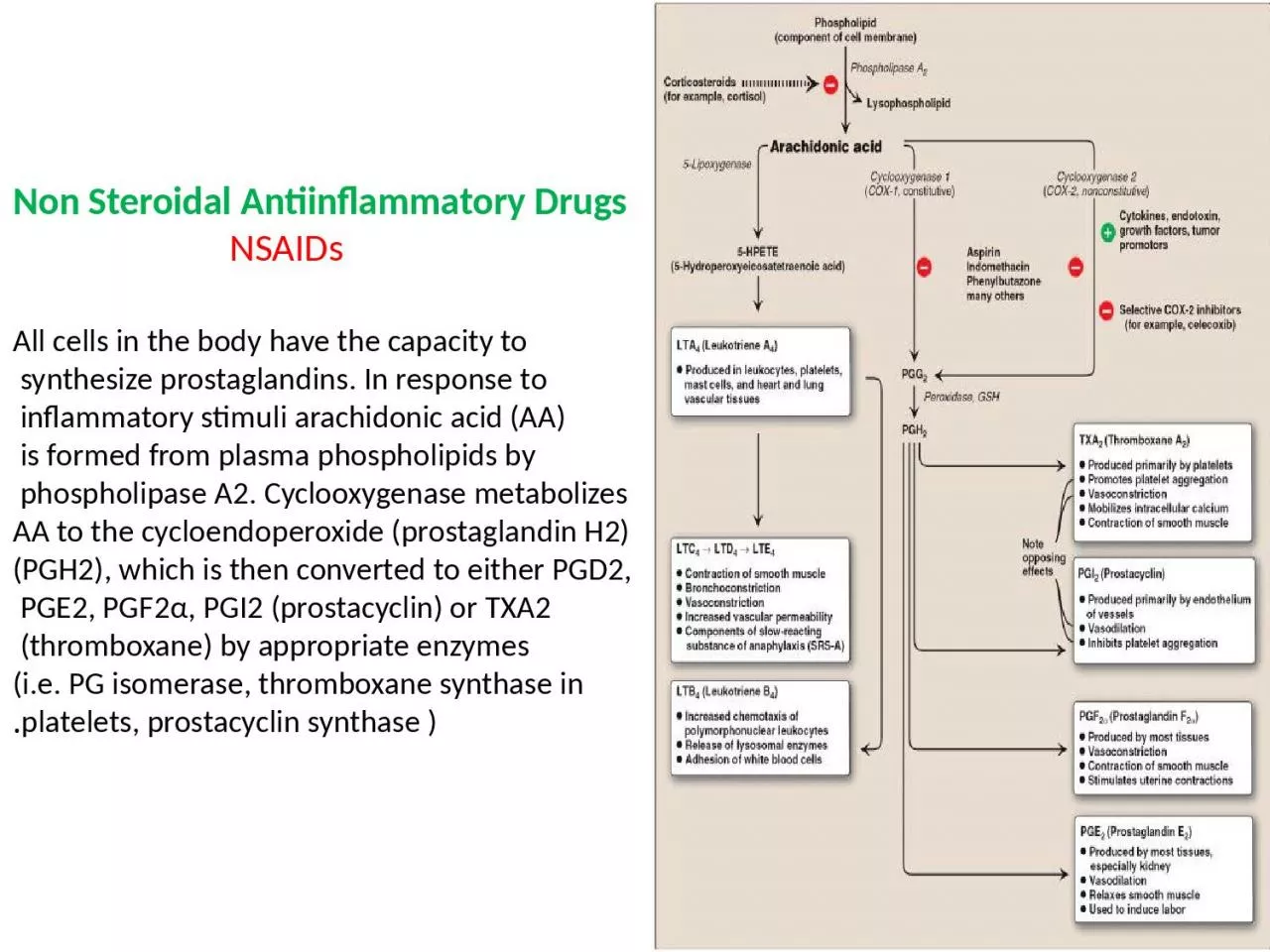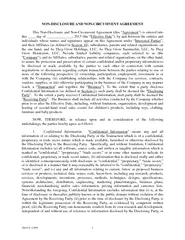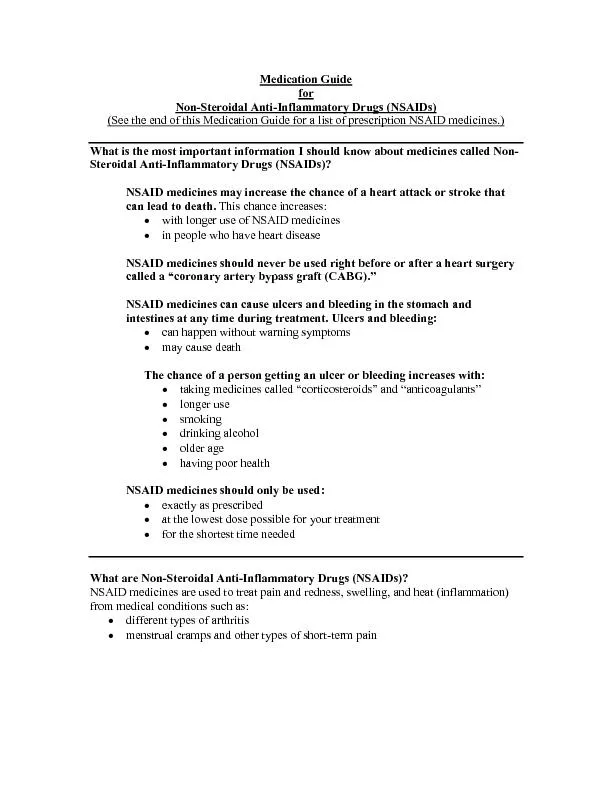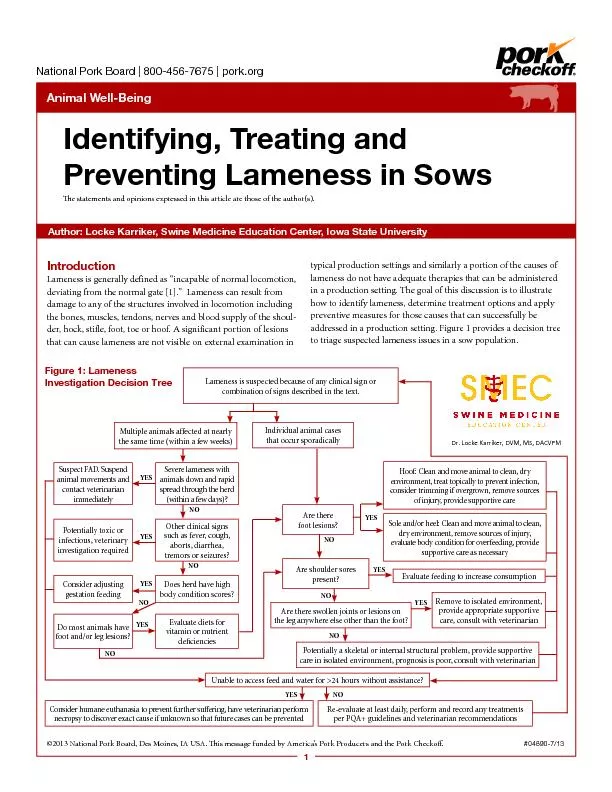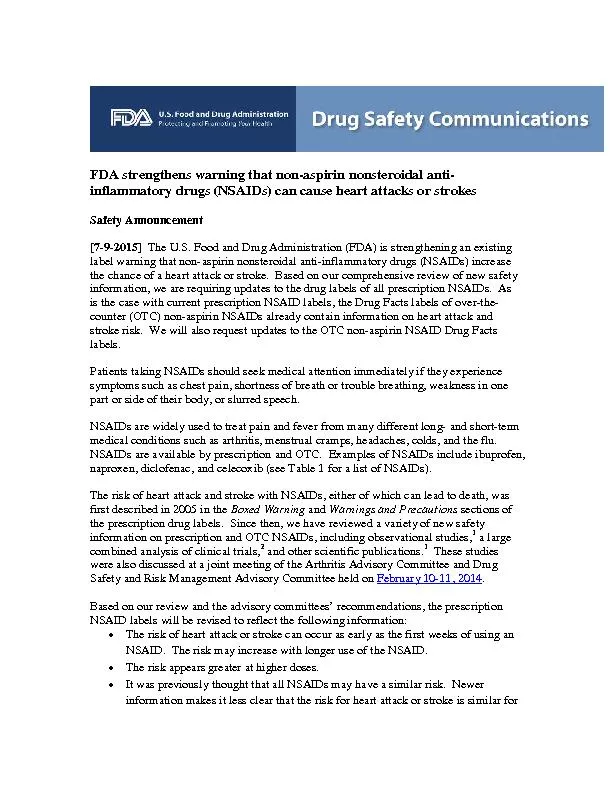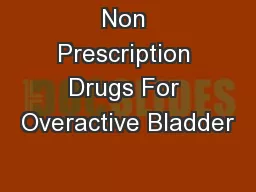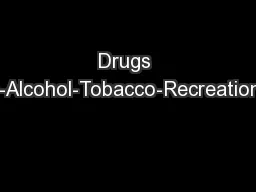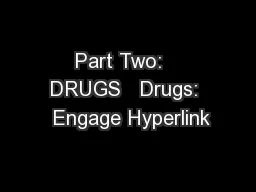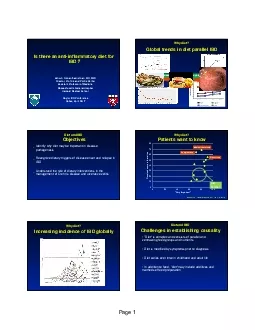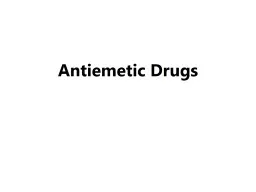PPT-Non Steroidal Antiinflammatory Drugs
Author : cora | Published Date : 2024-01-29
NSAIDs All cells in the body have the capacity to synthesize prostaglandins In response to inflammatory stimuli arachidonic acid AA is formed from plasma phospholipids
Presentation Embed Code
Download Presentation
Download Presentation The PPT/PDF document "Non Steroidal Antiinflammatory Drugs" is the property of its rightful owner. Permission is granted to download and print the materials on this website for personal, non-commercial use only, and to display it on your personal computer provided you do not modify the materials and that you retain all copyright notices contained in the materials. By downloading content from our website, you accept the terms of this agreement.
Non Steroidal Antiinflammatory Drugs: Transcript
Download Rules Of Document
"Non Steroidal Antiinflammatory Drugs"The content belongs to its owner. You may download and print it for personal use, without modification, and keep all copyright notices. By downloading, you agree to these terms.
Related Documents

